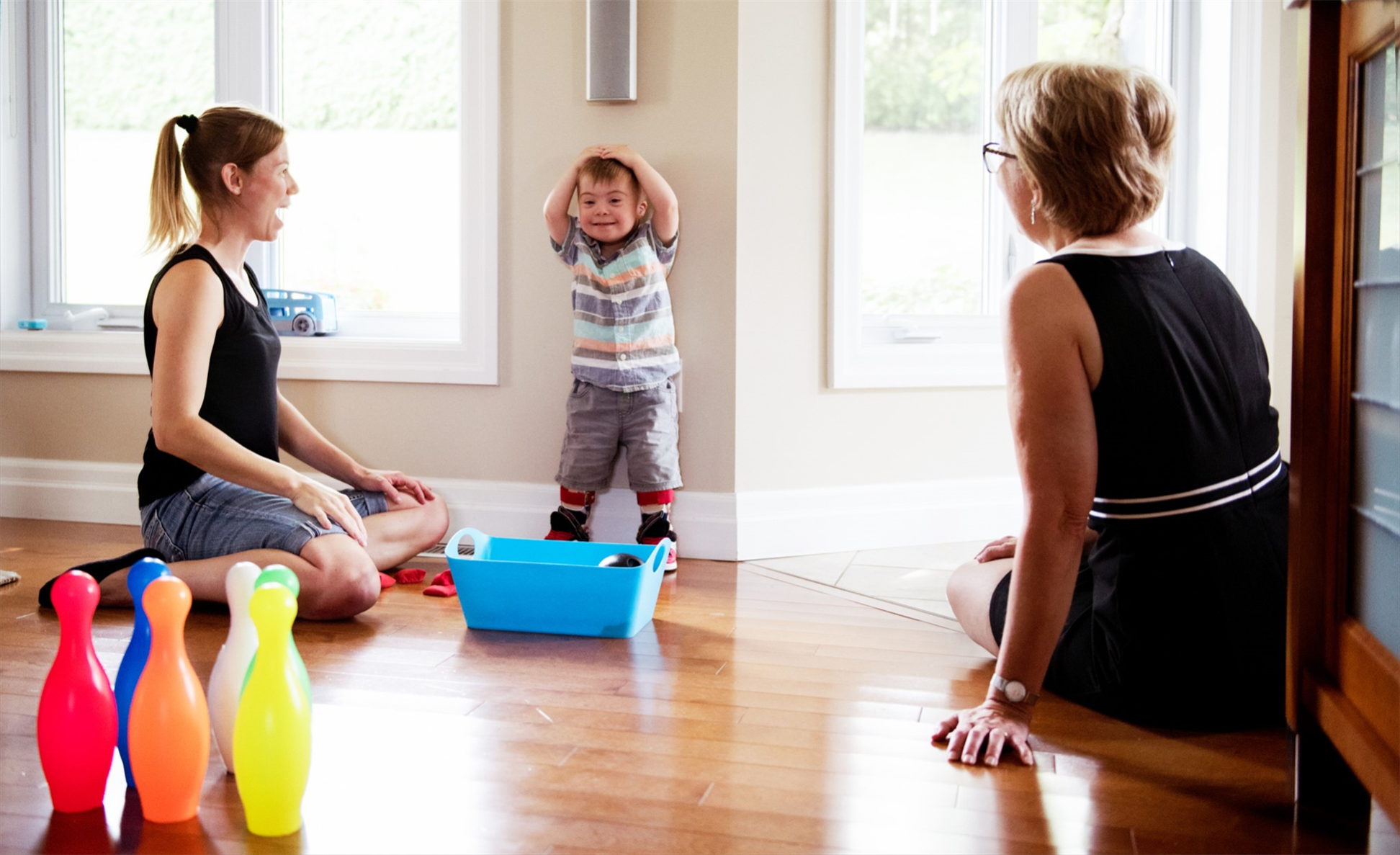Childhood, a time of boundless imagination and curiosity, often unfolds through the language of play. Play therapy, a specialized form of counseling for children, harnesses the transformative potential of play to help children express emotions, navigate challenges, and build resilience. In this comprehensive blog post, we will embark on a journey into the world of play therapy, exploring its principles, methodologies, applications, and the profound impact it has on the emotional well-being of children.
Understanding Play Therapy:
Play therapy is a therapeutic approach that utilizes play as a medium for communication and expression. Recognizing that children may find it challenging to articulate their thoughts and feelings verbally, play therapy provides a safe and supportive space where they can use toys, games, and creative activities to convey their experiences. Trained play therapists observe and engage with children in this play-based setting, facilitating the exploration and resolution of emotional and behavioral challenges.
Principles of Play Therapy:
- Child-Centered Approach: Play therapy is grounded in a child-centered approach, acknowledging the uniqueness of each child and tailoring interventions to their individual needs, preferences, and developmental stage.
- Expression Through Play: Play is the natural language of childhood. By engaging in play, children can express themselves, explore their thoughts and feelings, and work through challenges in a non-threatening and enjoyable manner.
- Safety and Trust: The play therapy environment is designed to be safe, trusting, and non-judgmental. This allows children to feel comfortable sharing their inner world, fostering a strong therapeutic alliance between the child and the therapist.
- Therapeutic Use of Toys: Therapists select toys and materials that facilitate expression and exploration. From dolls and action figures to art supplies and board games, the diverse array of toys allows for a rich and varied therapeutic experience.
Applications of Play Therapy:
- Emotional Expression: Play therapy provides a space for children to express a wide range of emotions, from joy and excitement to sadness, anger, or fear. Through play, therapists can observe and address underlying emotional concerns.
- Behavioral Challenges: Children experiencing behavioral challenges, such as aggression, withdrawal, or defiance, can use play therapy to explore the roots of these behaviors and develop alternative, more adaptive responses.
- Trauma and Grief: Play therapy is particularly effective in helping children process trauma or grief. It allows them to externalize their experiences, work through difficult emotions, and build coping strategies.
- Social Skills Development: Play therapy supports the development of social skills, helping children navigate relationships, practice cooperation, and enhance communication in a play-based context.
- Family Dynamics: Play therapy can be employed to explore and address family dynamics. It provides insights into a child's perceptions and experiences within the family, fostering a deeper understanding and potential for positive change.
Methods and Techniques in Play Therapy:
- Directive Play Therapy: In directive play therapy, the therapist takes a more active role in guiding the play sessions. They may introduce specific activities or themes to address identified goals or challenges.
- Non-Directive Play Therapy: Non-directive play therapy, also known as child-centered play therapy, allows the child to take the lead in the play sessions. The therapist observes and follows the child's cues, providing a more open-ended and child-driven experience.
- Sandplay Therapy: Sandplay therapy involves using a tray of sand and a variety of miniature objects to create scenes or stories. Children use the sand and objects to represent their thoughts and emotions symbolically.
- Art Therapy: Integrating art materials, such as drawing, painting, or sculpting, art therapy within play therapy offers additional ways for children to express themselves creatively.
- Narrative Play Therapy: Narrative play therapy involves using storytelling and role-playing activities. Children can create and act out narratives, allowing them to explore different perspectives and solutions to challenges.
The Transformative Impact of Play Therapy:
- Emotional Regulation: Play therapy helps children learn to regulate their emotions, teaching them healthy ways to express and cope with a range of feelings.
- Enhanced Communication Skills: Through play, children develop and refine their communication skills, both verbal and non-verbal. This is particularly beneficial for children who may struggle with traditional talk therapy.
- Problem-Solving Skills: Play therapy fosters problem-solving skills as children engage in imaginative and creative play scenarios. They learn to navigate challenges and find solutions in a supportive environment.
- Increased Self-Esteem: The therapeutic support and positive interactions in play therapy contribute to improved self-esteem and confidence in children.
- Positive Behavioral Changes: Children often exhibit positive behavioral changes as they gain insights into their emotions, develop coping strategies, and practice new, adaptive behaviors.
Conclusion:
Play therapy stands as a testament to the transformative power of play in helping children explore, understand, and navigate the complexities of their emotions and experiences. By embracing a child-centered approach, creating a safe and trusting environment, and utilizing diverse play-based techniques, play therapists unlock a world of healing and growth for children. As we celebrate the impact of play therapy on the emotional well-being of children, we recognize its role as a guiding force, providing a pathway to resilience, self-discovery, and a brighter, more hopeful future.

